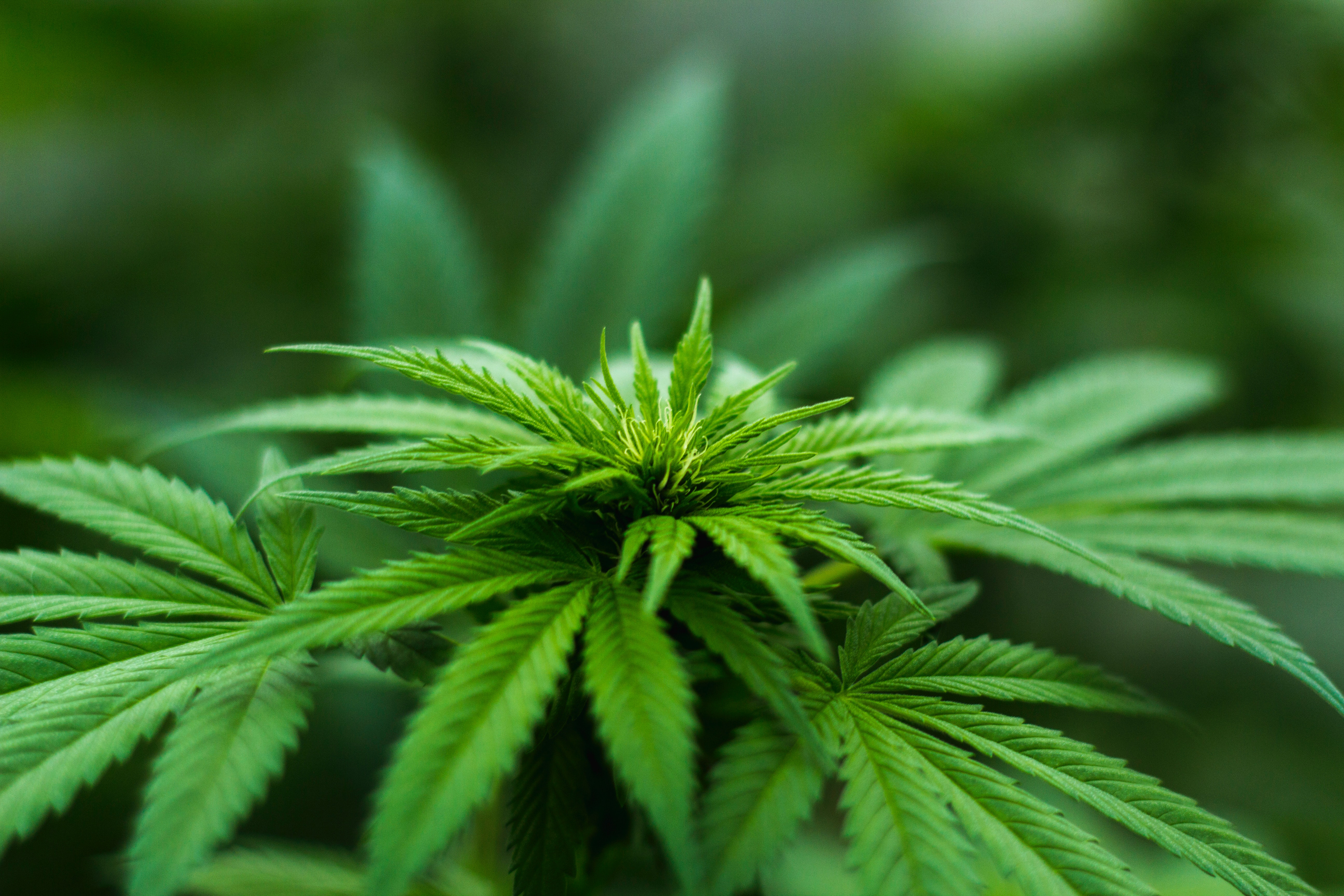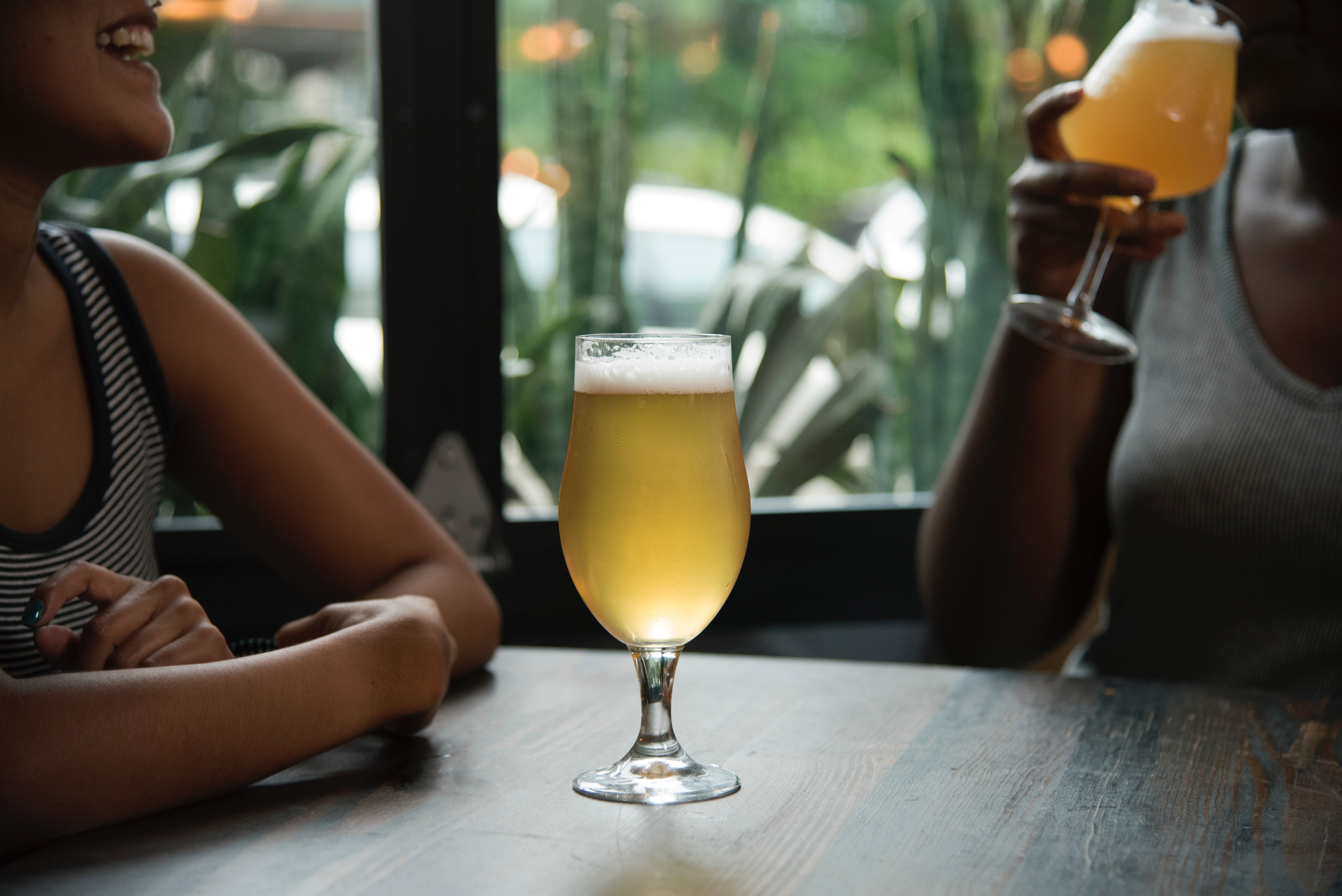
Elliot Mercier
During the leadup to marijuana legalization, you might have heard a colleague, a friend or your wine enthusiast aunt, spout out something about how according to the government, marijuana is just as terrible as heroin, something even worse than meth or cocaine. As ludicrous as that sounds, there actually is truth to this proclamation but it’s not because the government officials legitimately believe that cannabis is more destructive to the human body and society than the white powder or the least collectible crystal. The green substance is simply too hard to classify correctly and succinctly.
Illicit substances such as marijuana, cocaine, methamphetamine, ketamine and many more are classified by the DEA (Drug Enforcement Administration) into a system often called the Drug Classification Schedule. This schedule is a five piece guide that determines two things for substances: medicinal value and likeliness of abuse. The highest tier, Schedule I is for the substance most likely to be abused with no medicinal value recognized. The bottom, Schedule V is full of medications and substances deemed harmless, such as Robitussin. Cold medicine can at least be relied upon to be definitively medicinal. Currently, even with the prevalence of marijuana prespeciptions and dedicated stores, marijuana isn’t seen as a real medicinal substance, due to the likeliness of abuse.
To add nuance, most substances will do one of two things: act as a depressant or a stimulant. Marijuana grows in many strains so it can achieve both of these depending on the individual and product given. Other substances in the lower tiers such cocaine, heroin, LSD and Adderall are more often than not just simple stimulants that don’t leave any wiggle room for interpretation. With the reactions varying from person to person on cannabis and its dozens of strains and effects, it’s simply not easy to remove the substance from Schedule I with confidence due to the randomness and unreliability of the test results. The multiple studies over the years decrying this label have pointed out that marijuana can have medicinal benefits, but the system has remained adamant in its stance on the substance.
If we think about all of the little nuances and odd practices surrounding transactions involving marijuana, you can actually trace it all back to the DEA’s guide. The stigma of Schedule I drugs is what prompted the inability to buy marijuana legally on any sort of debit or credit card, because even if the state allows it, the federal authority doesn’t considering the current government DEA based regulation.
All of this might be a little confusing but it does make sense at the end of the day, even if the answers never feel definite. Will cannabis ever escape the label? There’s a possibility that it never will, because societal acceptance is not going to equate to scientific consensus. As of the time of this writing, there have been nine legislative proposals brought up this year alone to try and change the classification. So who knows, change may be closer than it looks.




